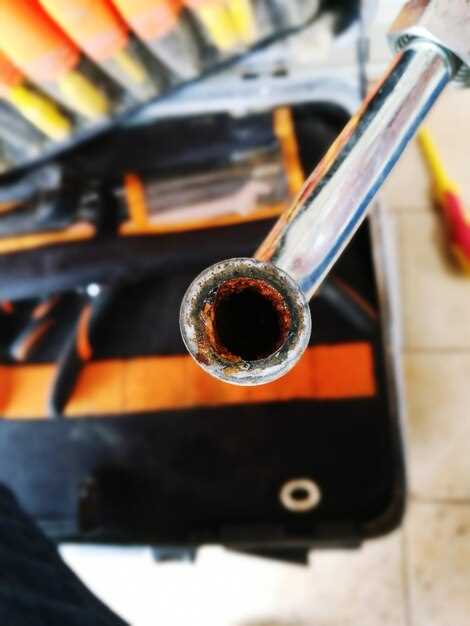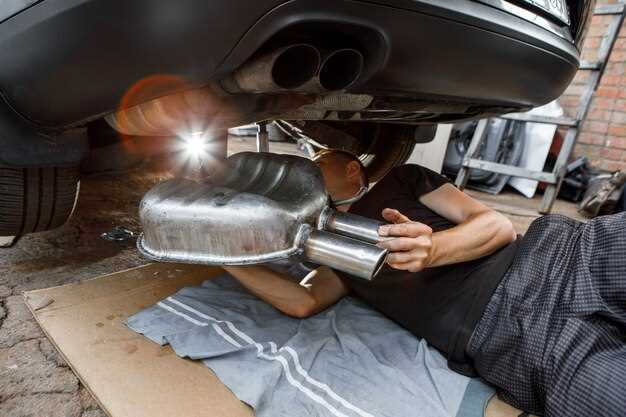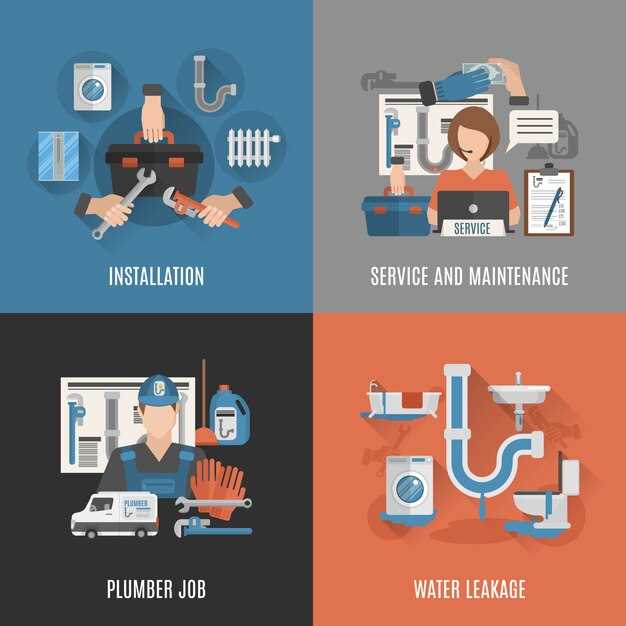
Experiencing issues with your vehicle’s exhaust system can be frustrating, especially when a leaking exhaust pipe is involved. The exhaust system plays a crucial role in ensuring that harmful gases are expelled from the engine effectively, contributing to both performance and safety. A leak in the exhaust pipe can lead to a range of problems, including reduced fuel efficiency, increased engine noise, and even potential health hazards due to the accumulation of toxic fumes.
In this repair guide, we will provide you with step-by-step instructions on how to identify and fix a leaking exhaust pipe. Whether you are a DIY enthusiast or a novice looking to save on repair costs, understanding the nature of the repair and having the right tools at hand is essential. From assessing the damage to applying the correct solutions, this guide aims to equip you with the knowledge needed to tackle the repair process confidently.
By addressing the leak in your exhaust system promptly, you will not only enhance your vehicle’s performance but also contribute to a cleaner environment. It is important to understand that ignoring a leaking exhaust pipe can lead to more significant issues down the line, making timely repairs all the more critical. Let’s dive into the necessary steps to restore your vehicle’s exhaust system and ensure it operates efficiently.
Diagnosing the Source of the Exhaust Leak
Identifying the source of an exhaust leak is crucial for ensuring vehicle performance and safety. Start by visually inspecting the exhaust system for any visible signs of damage, such as cracks or holes in the pipes. Pay close attention to the joints and connections, as these areas are common locations for leaks to develop.
Next, listen for unusual sounds while the engine is running. A hissing or popping noise can indicate escaping exhaust gases. Additionally, placing your hand near suspected areas while the engine is running may help identify a leak through a change in airflow. Exercise caution to avoid injury from hot components.
Using a smoke test can also be effective in diagnosing exhaust leaks. Introduce smoke into the exhaust system; the escaping smoke will clearly indicate the location of any leaks. If a more detailed investigation is necessary, consider utilizing a pressure test to assess the integrity of the exhaust pipes.
Finally, examine the area where the exhaust pipes connect to the engine. Gasket failures in this region can lead to significant leaks. Regular maintenance and prompt identification of issues will help maintain the efficiency of your exhaust system and reduce harmful emissions.
Step-by-Step Process for Sealing Exhaust Pipe Leaks

Sealing exhaust pipe leaks requires careful attention to detail and proper tools. Follow these steps to effectively repair the leak in your exhaust system.
Step 1: Locate the Leak
Begin by inspecting the exhaust pipe visually. Look for any signs of rust, holes, or cracks. You can also run your hand along the pipe while the engine is running to feel for escaping exhaust gases. Alternatively, you can use a soapy water solution; applying it to suspected areas will produce bubbles where leaks exist.
Step 2: Prepare the Area
Once the leak is identified, clean the area around it thoroughly. Use a wire brush to remove rust and dirt. A clean surface is essential for any sealing material to adhere correctly. If the damage is extensive, consider cutting out the damaged section.
Step 3: Choose a Repair Method
Select a suitable repair method based on the size and location of the leak. For small cracks, an exhaust repair tape can be effective. For larger holes, a metal patch or a temporary exhaust repair putty may be necessary. Make sure the products are rated for high temperatures like those found in exhaust systems.
Step 4: Apply the Repair Material
For tape repairs, wrap the tape tightly around the leak, ensuring an overlapping seal. If using a patch, apply exhaust-specific adhesive around the edges of the patch to secure it, pressing firmly against the pipe. For putty, knead the compound as per instructions and spread it over the cracked area, smoothing it out for a tight seal.
Step 5: Allow to Cure
Let the repair material cure as recommended by the manufacturer. This step is crucial for ensuring the integrity of the repair. Avoid running the vehicle during this time to prevent further damage or ineffective sealing.
Step 6: Test the Repair
After the curing period, start your engine and check for any leaks again. Inspect the repaired area for any signs of escaping exhaust. If everything appears sealed, you have successfully repaired the exhaust pipe.
Step 7: Monitor the Repair
Keep an eye on the repaired section over the following weeks. If the leak reappears, consider a more permanent solution such as replacing the damaged section of the exhaust pipe.
When to Consider Replacing the Exhaust Pipe Instead of Repair

Deciding between repairing or replacing a leaking exhaust pipe can significantly impact vehicle performance and safety. Here are key factors to consider that may indicate replacement is the better option:
-
Extent of Damage:
If the exhaust pipe has multiple holes, significant rust, or corrosion, a replacement is often more effective than patchwork repairs. It ensures a more reliable and durable solution.
-
Age of the Exhaust System:
An older exhaust system may have various wear points. If your pipe is nearing the end of its expected lifespan, consider replacing it to avoid frequent future repairs.
-
Cost of Repair vs. Replacement:
Evaluate the cost. If repairs are only marginally cheaper than replacing the exhaust pipe, investment in a new pipe can save money in the long run by preventing recurring issues.
-
Performance Issues:
Persistent problems such as decreased fuel efficiency, increased engine noise, or strange smells could signal the need for a new exhaust pipe. Replacement can improve overall vehicle performance.
-
Safety Concerns:
A leaking exhaust can lead to dangerous fumes entering the cabin. If safety is at risk, replacing the exhaust pipe is a priority over minor repairs.
In conclusion, while repair might seem like a quick fix for a leaking exhaust pipe, considering these factors can help determine whether replacement is the more prudent choice. A new exhaust can enhance vehicle performance, safety, and longevity.

